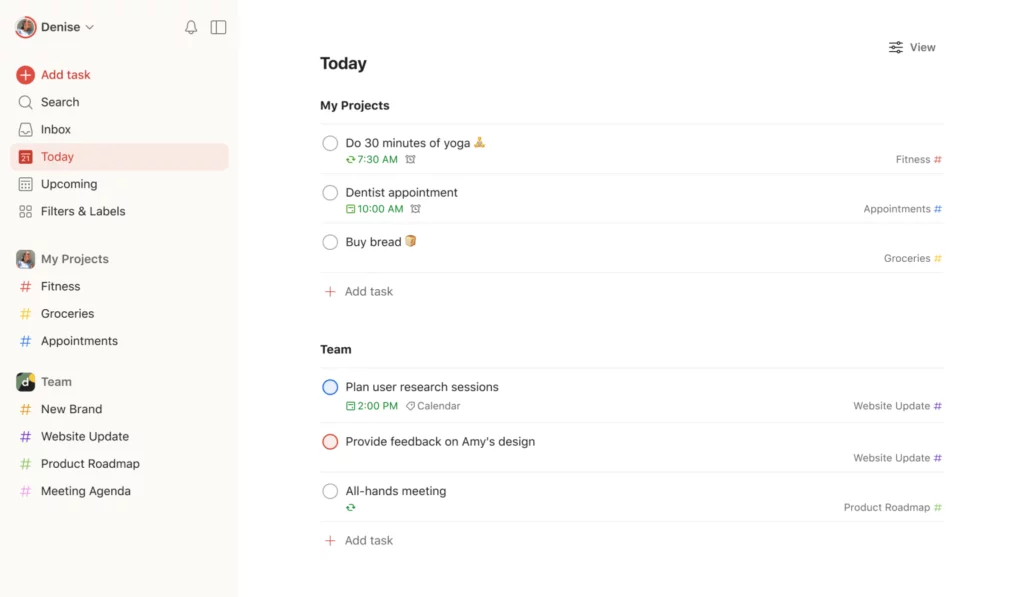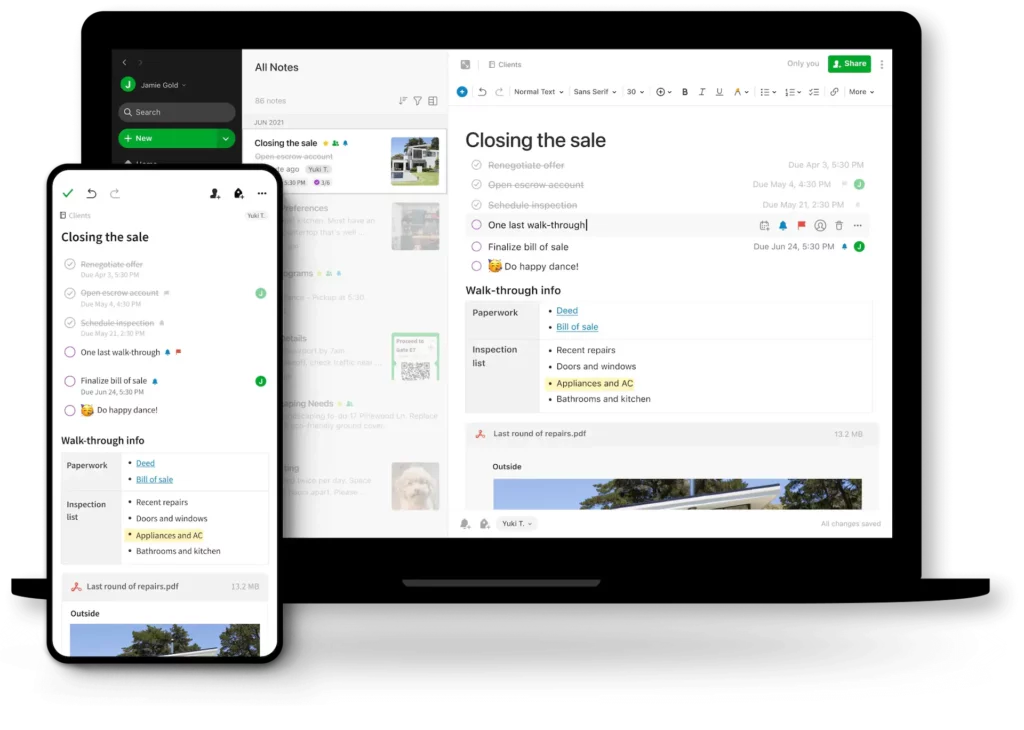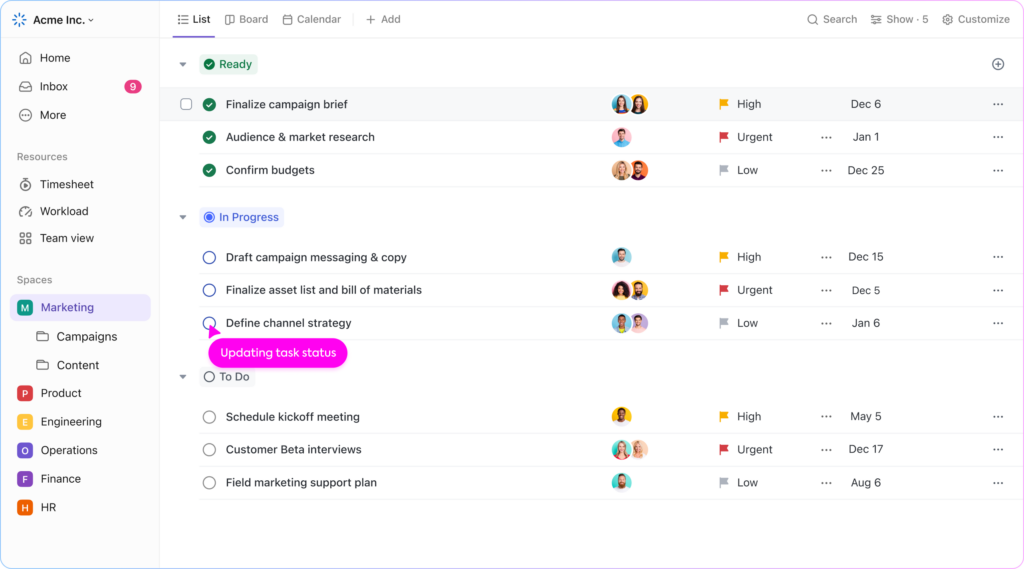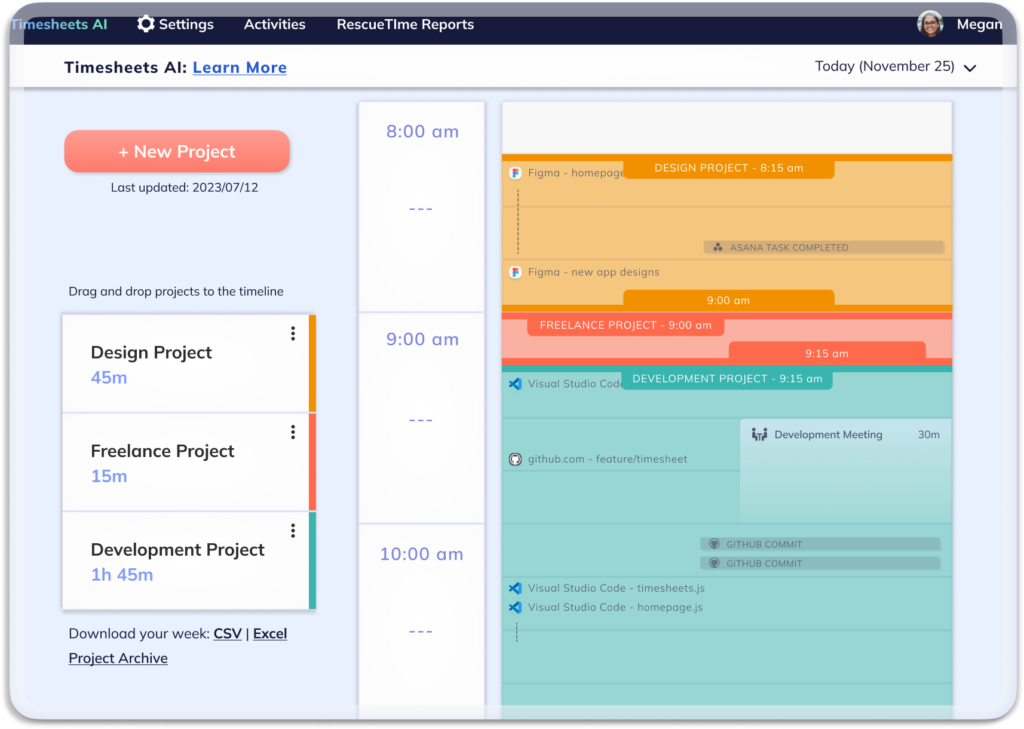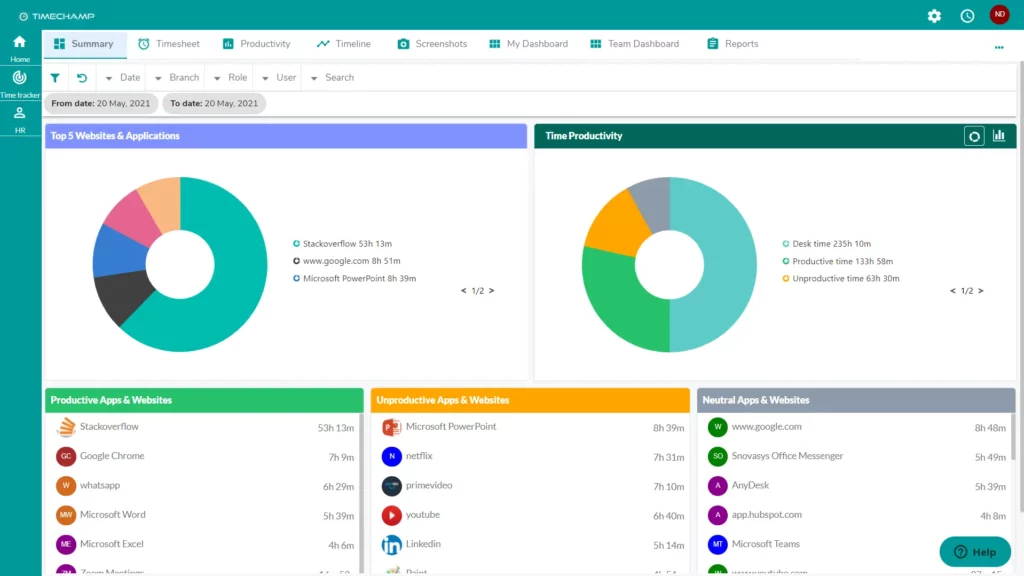The implementation of Paid Time Off (PTO) policies is crucial in shaping an organization’s work culture and enhancing employee contentment. A well-designed PTO policy not only adheres to legal requirements but also promotes the well-being and efficiency of employees. This article explores the different facets of PTO, providing valuable guidance and tips for HR experts and business executives.
What is Paid Time Off (PTO)?
Paid Time Off is a policy that combines traditional leave types – vacation, sick leave, personal days, and sometimes even holidays – into a single bank of days that employees can use at their discretion. This modern approach to leave is gaining traction due to its flexibility, which caters to diverse employee needs.
Benefits of PTO
- Increased Flexibility and Autonomy: PTO empowers employees to use their leave as they see fit, enhancing their sense of control and satisfaction.
- Simplified Administration: Consolidating different leave types into one category streamlines HR processes.
- Improved Employee Well-being: PTO encourages employees to take necessary breaks, reducing burnout and promoting work-life balance.
- Attract and Retain Talent: A competitive PTO policy can be a key differentiator in attracting and retaining top talent.
Designing a PTO Policy
Assessing Company Needs and Culture
Understand the unique needs of your workforce and the overarching goals of your organization. Are you aiming to foster a culture of flexibility, or is predictability more critical? The answer will shape your PTO policy.
Benchmarking
Research industry standards and competitor policies. This data will help ensure your policy is competitive and aligns with market expectations.
Legal Compliance
Ensure your PTO policy complies with local and national employment laws, including minimum leave requirements and payout obligations upon termination.
Balancing Flexibility and Structure
While flexibility is a key advantage of PTO, some structure is necessary. Define clear guidelines on accruing, using, and carrying over PTO days.
Communication and Implementation
Communicate the policy clearly to all employees. Consider training sessions or detailed guides. Ensure your HR team is equipped to manage the policy effectively.
Addressing Common PTO Challenges
Preventing Abuse
Set clear expectations and monitor usage patterns. Encourage a culture where taking leave is normal but responsibly managed.
Ensuring Coverage
Implement a system for managing coverage during employee absences. This might involve cross-training or temporary reallocations of responsibilities.
Managing Peak Times
Establish guidelines for requesting PTO during high-demand periods. Consider implementing a fair rotation system or blackout dates for critical business times.
Measuring the Impact of Your PTO Policy
Regularly assess the impact of your PTO policy on employee morale, retention, and productivity. Surveys, focus groups, and HR analytics can provide valuable insights.
Different Countries PTOs’ Policies
Paid Time Off (PTO) policies vary significantly across countries, reflecting diverse cultural norms, labor laws, and economic structures. Here are examples of PTO policies from different countries, illustrating this variety:
- United States: The U.S. does not have a federal statutory minimum for paid leave. PTO policies are largely at the discretion of employers. The average amount of PTO offered by employers typically ranges from 10 to 20 days per year, often increasing with the length of employment.
- Brazil: In Brazil, employees are entitled to 30 calendar days of paid vacation after every 12 months of work, with an additional one-third of their monthly salary as a vacation bonus.
- France: French workers are entitled to a statutory minimum of 25 paid vacation days per year. Additionally, they benefit from 11 public holidays, and many employees also receive RTT (Reduction of Working Time) days, which compensates for working more than 35 hours per week.
- Japan: Employees in Japan who have completed at least six months of service and have worked at least 80% of their working days are entitled to 10 days of paid leave. This entitlement increases with the length of service, up to a maximum of 20 days per year.
- Australia: Australian employees are entitled to four weeks of annual leave per year. Additionally, they have access to personal/carer’s leave, compassionate leave, and public holidays.
- Germany: In Germany, employees are entitled to a minimum of 20 working days of paid vacation per year, based on a five-day working week. Many companies offer more than this statutory minimum.
- Canada: Vacation entitlement in Canada varies by province, but employees typically receive two weeks of paid vacation per year after one year of employment, increasing to three weeks after six years with the same employer.
Maximizing Efficiency and Transparency with a Day Off Leave Tracker
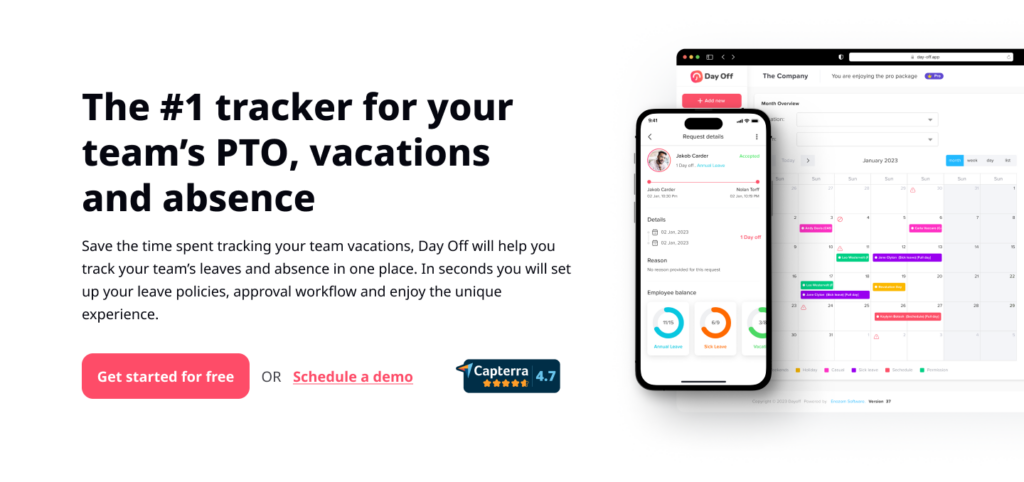
Day Off Leave Tracker is an essential tool in managing Paid Time Off (PTO) policies effectively. By systematically recording and monitoring employee leave days, this tracker offers several benefits:
- Ensures Compliance and Fairness: Helps maintain adherence to company policies and legal requirements, ensuring equitable distribution and use of leave days among employees.
- Enhances Planning and Coverage: Facilitates better workforce planning by providing visibility into when employees are taking leave, allowing for adequate coverage and resource allocation.
- Increases Transparency: Keeps employees informed about their remaining leave balance, promoting transparency and reducing confusion or disputes about leave entitlements.
- Improves Employee Satisfaction: A clear and efficient tracking system can enhance employee satisfaction, as it simplifies the process of requesting and managing time off.
- Aids in Data Analysis: Provides valuable data for HR to analyze patterns in leave usage, which can inform policy adjustments and workforce management strategies.
Frequently Asked Questions (FAQ): Paid Time Off (PTO)
How is PTO typically accrued (lump-sum vs. per-pay-period), and which method should we choose?
Two common models exist. Lump-sum grants the full annual allotment on the policy reset date (e.g., Jan 1). It’s simple and employee-friendly but can create claw-back issues if someone leaves early. Per-pay-period accrual earns PTO gradually (e.g., 1.67 days/month for 20 days/year), aligning cost with service and reducing risk. Choose lump-sum if you prioritize simplicity and early access; choose accrual if your workforce is fluid or you need tighter cost control. Some companies blend models, grant a small lump-sum at hire, then accrue.
How do we handle PTO for new hires or mid-year joiners?
Pro-rate. If you offer 20 days/year and someone joins on July 1, they earn ~10 days for that first cycle. Clarify the waiting period (if any) before PTO can be used (e.g., 30 days) and whether negative balances are allowed (see PTO advances below).
Should we allow PTO carryover into the next year?
Carryover supports flexibility and reduces year-end rushes. Most companies set a cap (e.g., 5 days) and an expiry window (e.g., use by March 31). State clearly whether carryover is consumed first and how it interacts with holidays. Use your tracker to automate caps, expiries, and reminders (e.g., Day Off can notify employees D-45/D-15/D-7 before expiry).
What’s the difference between PTO and “unlimited PTO”? Which works better?
Traditional PTO has defined balances, suitable where coverage and compliance need structure. Unlimited PTO removes the cap and emphasizes outcomes, but can backfire if people take less due to social pressure. If you go unlimited, set minimum expectations (e.g., 15+ days; one contiguous 5-day break), measure usage, and make managers accountable for ensuring rest.
How do we integrate sick time with a general PTO bank?
A single bank increases flexibility but can disincentivize sick days if employees “save” time for vacations. Mitigations: add protected sick days within the PTO bank (can’t be denied), or maintain a separate sick bucket where required by law. Train managers never to ask for medical details beyond policy requirements.
What notice period should we require for PTO requests?
Tie notice to length and impact. Examples: 1–2 business days for 1 day off; 2 weeks for 3–5 days; 4+ weeks for >1 week. Emergencies and protected leave are exceptions. Your tracker should flag conflicts and blackout dates so managers can decide quickly.
How do we handle requests that overlap in the same team?
Use clear priority rules: earliest request, business need, rotation fairness, or manager discretion with transparent rationale. A team calendar (via Day Off + Google/Outlook sync) surfaces overlaps before approval. Encourage coverage plans in the request notes.
What are “blackout dates,” and when are they appropriate?
Blackouts are temporary periods when PTO approvals are limited due to critical operations (e.g., product launches, quarter close). Use sparingly, publish early, and offer compensating flexibility before/after the blackout to keep trust high.
Can employees go into a negative PTO balance (PTO advances)?
You can allow advances up to a cap (e.g., 3 days), to be earned back by future accruals. Document repayment terms for separations. Track advances in the system and review monthly to prevent lingering deficits.
Should PTO be paid out when an employee leaves?
It depends on jurisdiction and company policy. Many regions require payout of earned/unused PTO. Ensure your policy and payroll processes reflect local law. Your tracker should produce a final balance report to prevent disputes.
How do we ensure fairness across full-time, part-time, and shift workers?
Pro-rate PTO in hours based on scheduled hours, not days. For shifts, track increments that match scheduling (e.g., 4-hour, 8-hour blocks). Audit usage quarterly by role and manager to detect disparities.
How do holidays interact with PTO?
Decide and document: if a public holiday occurs during PTO, does it deduct from PTO or not? Most policies do not deduct. For global teams, attach the correct local holiday calendars to each location so balances compute accurately.
How can we prevent PTO “abuse” without eroding trust?
Define clear rules (notice, blackouts, documentation where legally appropriate), monitor outlier patterns, and address issues with coaching and performance management, not punishment by policy for everyone. Transparency and consistent approvals reduce gaming.
What metrics should we track to know if our PTO policy works?
Look at utilization by quarter (avoid Q4 spikes), approval cycle time, overlap conflicts, carryover granted/expired, employee sentiment about rest and workload, and regrettable attrition. Share trends and actions with leaders each quarter.
How does PTO tie into wellness and mental health?
Add wellness days or allow same-day PTO for mental health, no questions asked beyond the minimum data required. Normalize usage by having leaders model behavior. Monitor after-hours work and nudge rest after intense periods (e.g., comp time with short expiries).
Can we require employees to take a minimum number of days?
Yes, many organizations mandate a minimum annual break (e.g., 10 days total; at least one 5-day block). This counters under-use and supports risk management (fraud detection in finance roles benefits from mandatory rotation).
How should we handle PTO during probation?
Common patterns: pro-rate accrual from day 1 but restrict usage until 30/60/90 days; or grant a small starter bank for emergencies. Communicate the rule during offer and onboarding.
What’s the best way to communicate and train on a new PTO policy?
Use a one-page guide (rules at a glance, examples, key dates), a short live/recorded walkthrough, and manager playbooks (conflicts, blackouts, equity tips). In your tracker, add inline help and announcement banners near policy resets and peak periods.
How do we handle PTO for global teams operating across time zones?
Attach localized working weeks (e.g., Sunday–Thursday), holidays, and time zones to each employee. Evaluate requests in the employee’s local context. Consider team-wide “quiet hours” and flexible overlap windows to plan coverage.
What about special leave types (bereavement, jury duty, parental leave)?
Keep them separate from general PTO where legally or culturally appropriate, with clear eligibility and documentation standards. Ensure your tracker routes approvals to HR for sensitive types and restricts visibility appropriately.
Can employees donate PTO to colleagues in need?
A PTO donation program can be powerful. Define eligibility, caps, and privacy. Use your system to manage a donation pool and approvals. Communicate aggregate impact, not personal details.
How do we avoid the year-end PTO rush?
Set carryover with expiries, send reminders starting Q3, encourage quarterly planning in 1:1s, and monitor team calendars for clustering. Reward teams that plan balanced time off across the year.
How does a Day Off Leave Tracker improve PTO execution specifically?
-
Accrual rules & carryover: Configure per-team/location accruals, caps, expiries, and consumption order.
-
Visibility: Shared calendars + Google/Outlook sync prevent conflicts.
-
Speed: Mobile requests/approvals with real-time notifications reduce bottlenecks.
-
Fairness & compliance: Role-based access, audit logs, and localized holidays keep decisions consistent.
-
Insights: Reports on balances, usage, expiries, and overlaps inform staffing and policy tuning.
How do we resolve PTO balance disputes?
Rely on the system of record: audit logs of accruals, approvals, adjustments, and exports. Escalate to HR for reconciliation, then communicate the resolution and, if needed, update the employee’s balance with a note for future audits.
Should we allow half-day or hourly PTO?
If your operations are shift-based or heavy on meetings, hourly PTO can minimize disruption (late starts/early finishes). For simplicity, some teams limit to half-day increments. Choose what best fits scheduling and configure increments in your tracker.
Can PTO be scheduled automatically after on-call or overtime?
Yes, pair PTO with comp time policies. For example, after an overnight incident, enforce a late start plus automatic comp-time accrual with a short expiry (30–60 days). Automate reminders to schedule recovery promptly.
How do we calculate the ROI of improving PTO?
Quantify reductions in approval time, payroll corrections, conflict-related coverage costs, and attrition. Add gains in productivity/quality from balanced rest. Compare to software and admin costs. Most teams see quick payback through fewer errors and smoother operations.
What governance keeps the policy healthy over time?
Create a People Ops council (HR, Finance, Ops) to review quarterly metrics, legal updates, and employee feedback. Adjust caps, expiries, or training as needed and publish a brief policy change log so everyone stays aligned.
Conclusion
A well-crafted PTO policy is more than just a compliance requirement; it’s a strategic tool in fostering a positive work environment and a healthy organizational culture. By understanding the needs of your workforce and balancing them with the goals of your organization, you can develop a PTO policy that benefits both employees and the business.
As the workplace continues to evolve, staying informed and adaptable in your approach to PTO will ensure your policy remains effective and appreciated by your workforce.



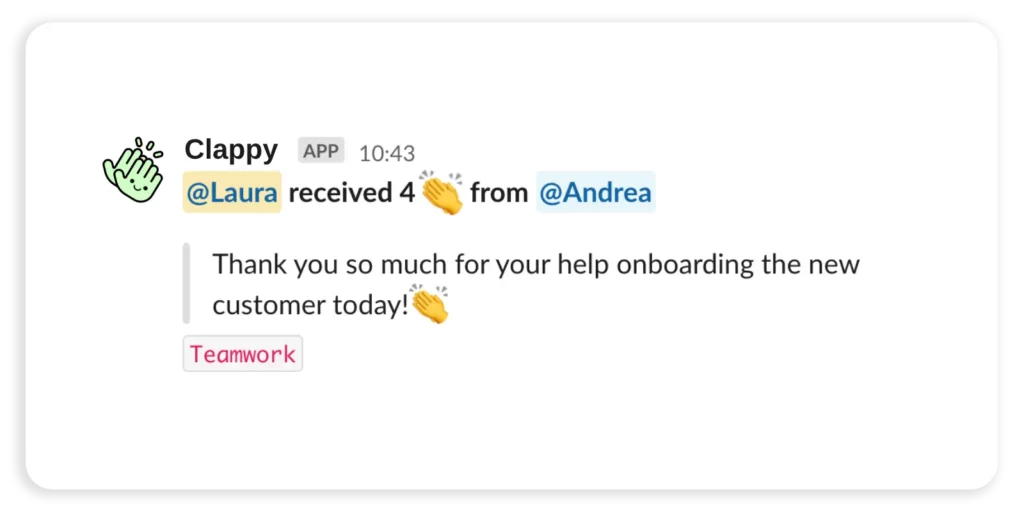



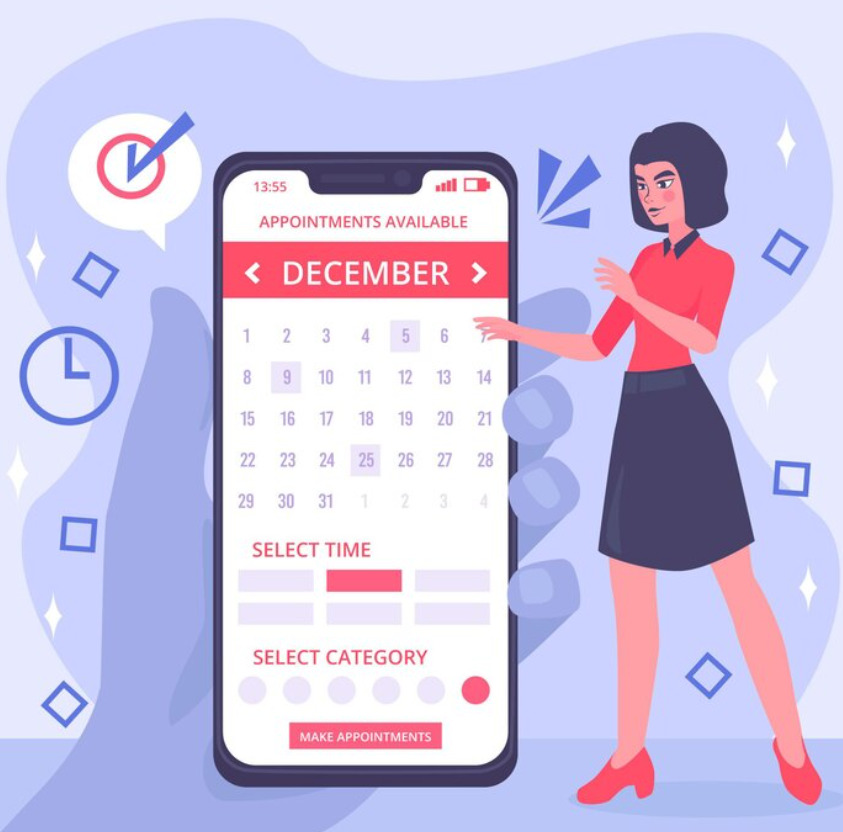

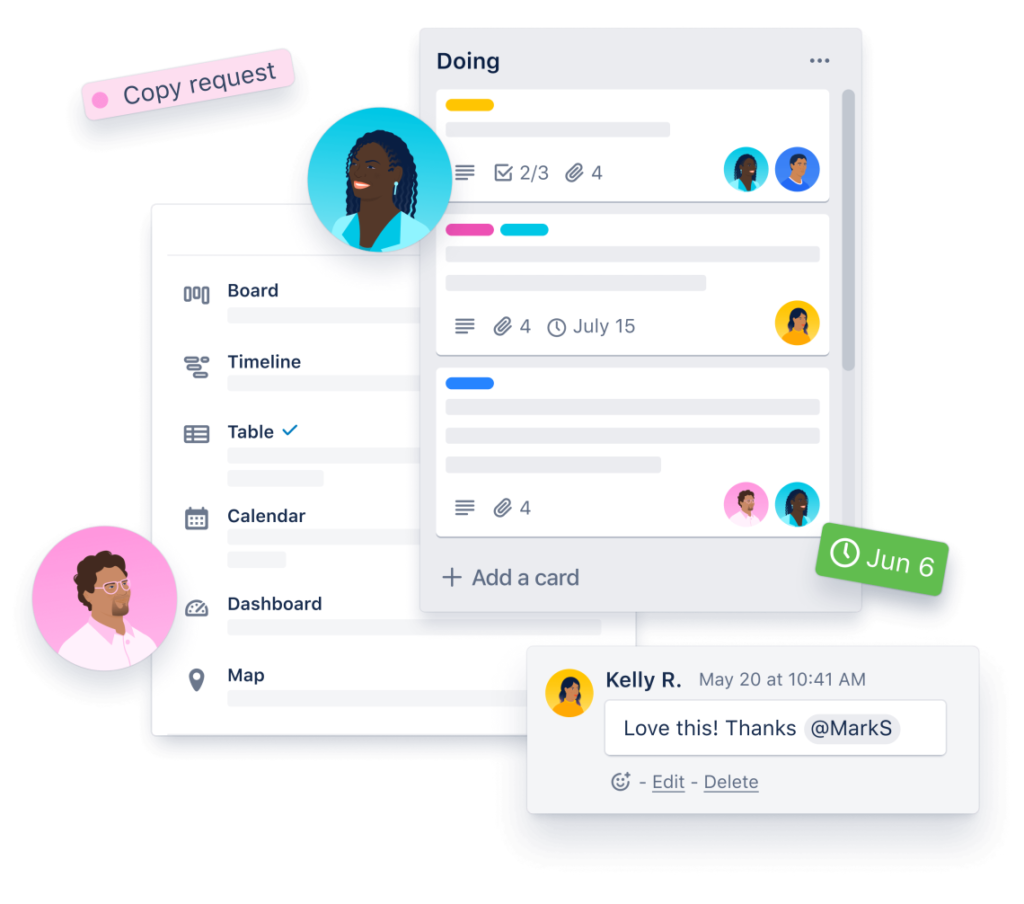
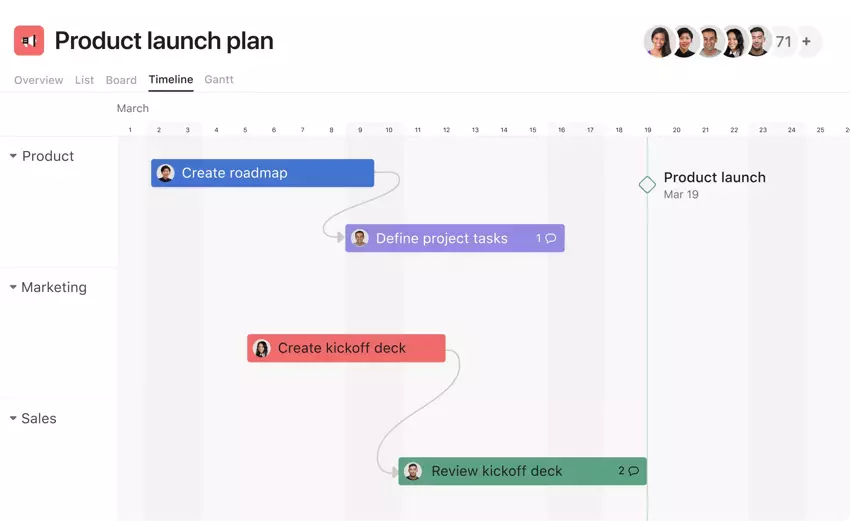 Asana
Asana
